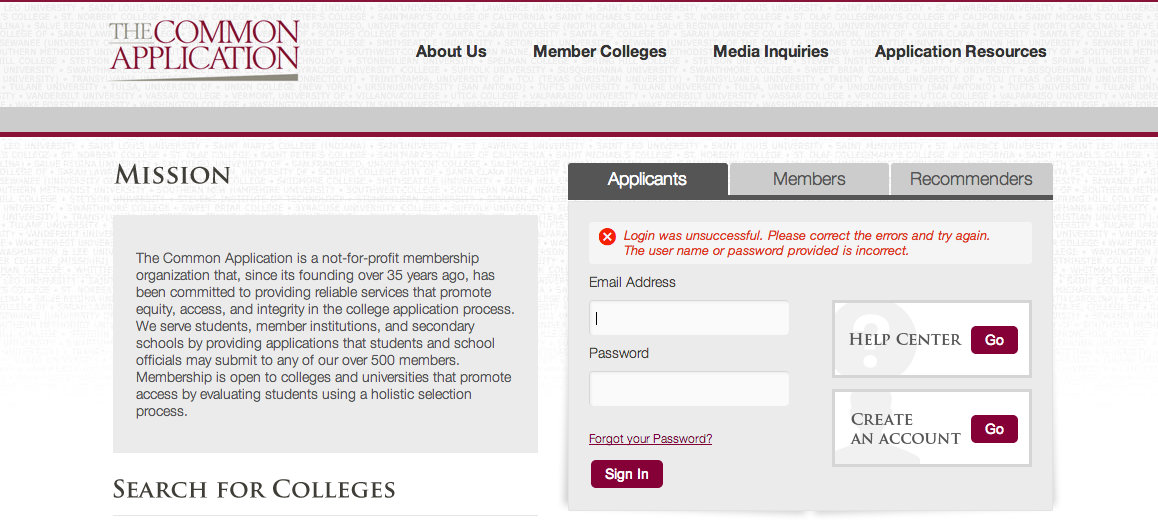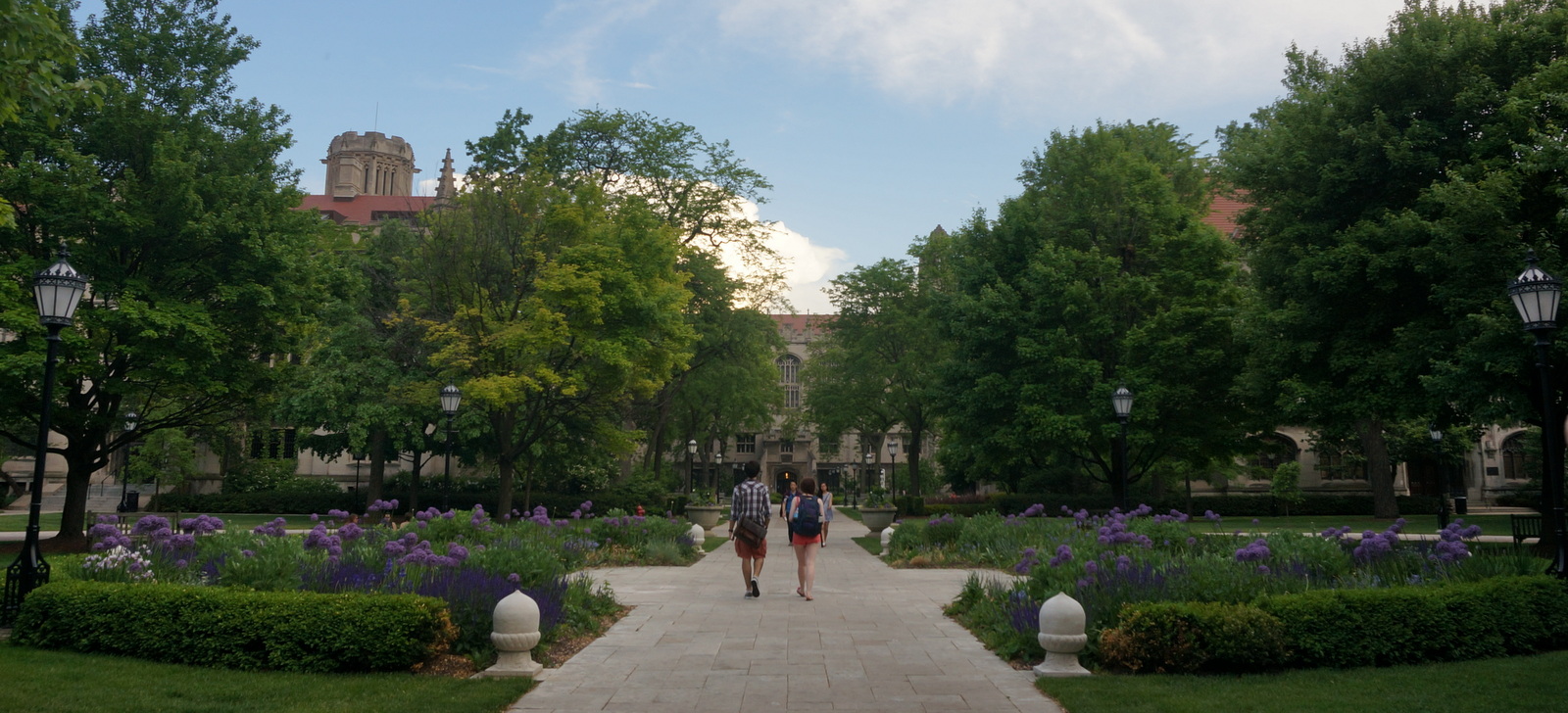But I don’t qualify for need-based aid…
While my posts of late have highlighted need-based aid and how that can impact college choices, there are a good number of families whose fiscal success leaves them ineligible for need-based aid. Yes, for many of these families, financial aid and cost of college is a non-issue, but there are many families right on the edge – families who make just enough to not qualify for any aid, but for whom paying $50,000 or $60,000 per year will seriously tighten the budget. For families in this situation, this post is for you.
If I don’t qualify for need-based aid, which colleges will be most affordable for me?
The short answer to this is to look to your in-state public schools. The difference between in-state tuition and private school or out-of-state tuition is significantly greater than the vast majority of merit aid awards. However, some private schools are quite generous with merit aid for students demonstrating outstanding academic potential. Somewhat ironically though, those schools I highlighted in my post entitled – “Colleges that are Truly Affordable” – are in many cases those schools that will be most expensive for families who do not qualify for need-based aid, as most of these offer no or extremely limited merit aid.
In short, for families that do not qualify for need-based aid, these school types will generally be the most affordable.
1. In-state public school
2. “Second tier and lower” private schools
3. Out-of-state public school
4. “First tier” private schools
Here are some examples of the above in action, assuming a California-based student:
1. The University of California, Berkeley’s in-state tuition is $11,220. The average non-need-based merit award, which is received by 6% of students, is $6,000. Therefore, the net tuition for those 6% would be $5,220, and of course, $11,220 for students who did not receive merit aid. For the record, merit aid at UC Berkeley is extremely competitive.
2. Case Western Reserve University’s tuition is $41,420. Case is a great school, but its lesser name recognition leads it to aim to lure talented students away from the bigger name schools through financial awards. 25% of Case students earn non-need-based merit awards that average $23,372. For these students, then, the net tuition cost is $18,048. While this cost is noticeably more than even the full tuition cost at UC Berkeley, it is clearly much more competitive than the ticket price suggests.
C. The University of Michigan at Ann Arbor charges $40,302 for out-of-state tuition. Michigan offers much better merit aid on average than UC Berkeley; 20% of Michigan students receive merit awards averaging $6,816. The net tuition for such students is $33,486.
D. At Dartmouth College, the tuition is $43,782. Since Dartmouth offers no non-need-based aid, the net tuition for this family is $43,782.
The idea behind need-based aid and demonstrated need is that a family should be willing to invest a certain percentage of their assets in education. For many families, that number – and the ultimate dollar value it amounts too – is higher than they’re willing to pay. In such situations, the above should be a helpful road map for expectations for what kind of aid you can expect from different schools.









